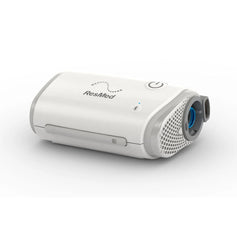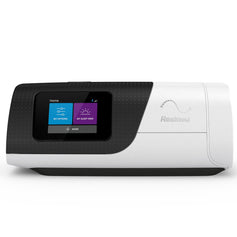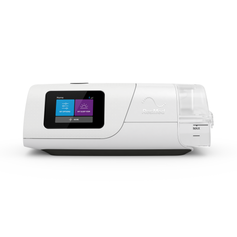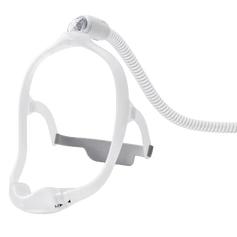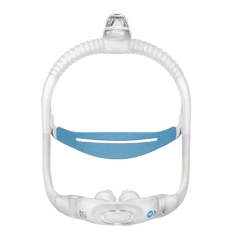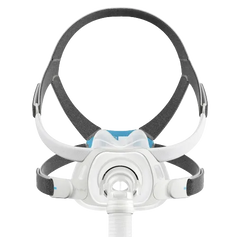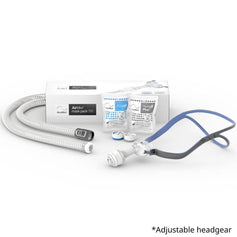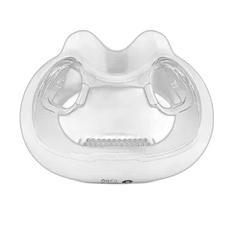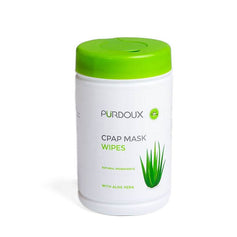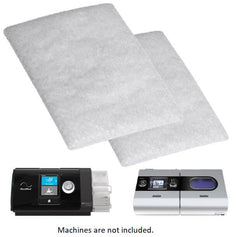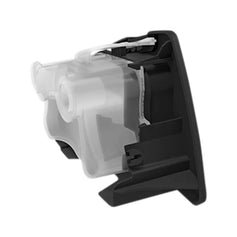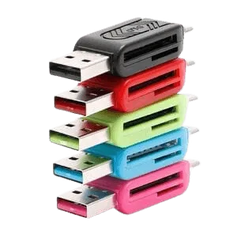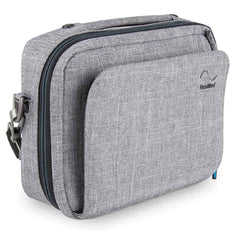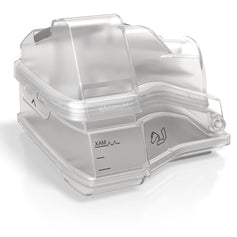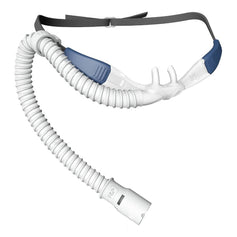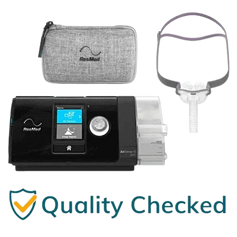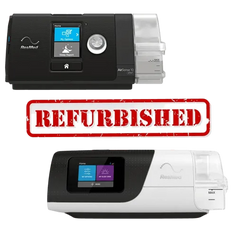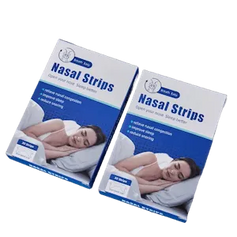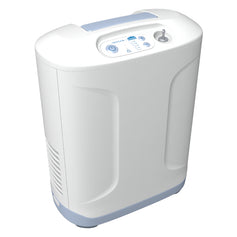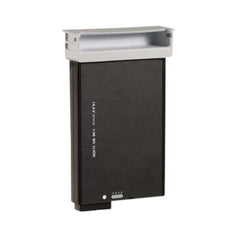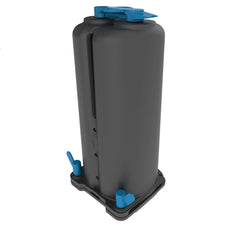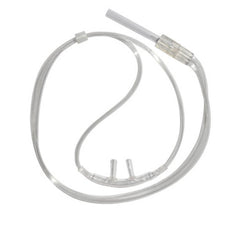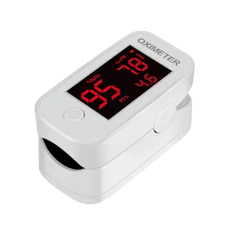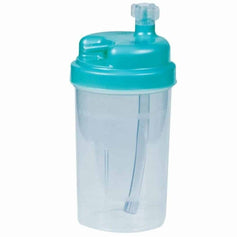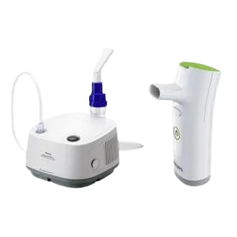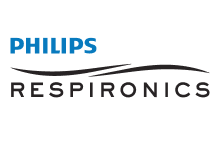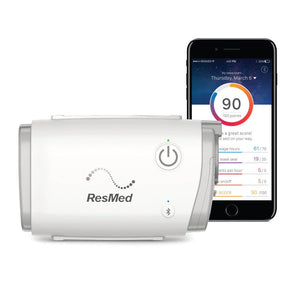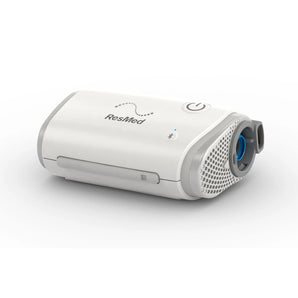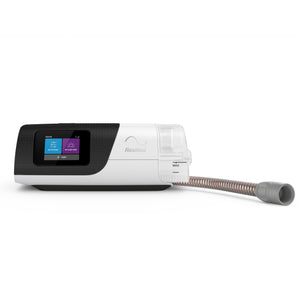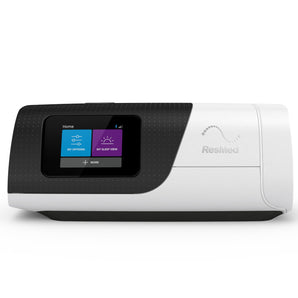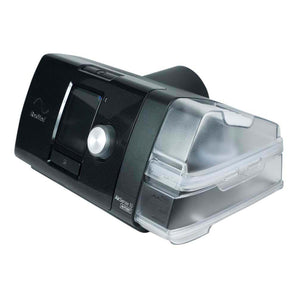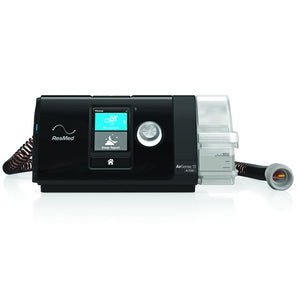Starting at $9.00/mo with
. Check your purchasing power
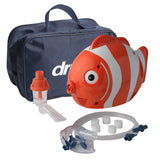
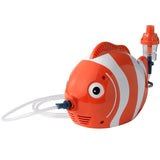
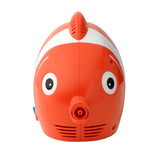
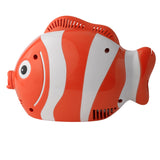

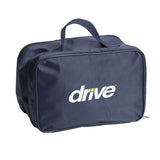
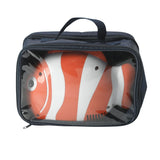
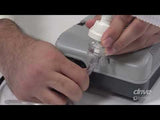
Drive Medical
Drive Medical Fish Pediatric Compressor Nebulizer with Disposable and Reusable Nebulizers
Pickup available at RespShop
Usually ready in 1 hour
What’s included
- Fish Pediatric Compressor Nebulizer
- Carry Case
- Child Aerosol Mask
- Disposable Nebulizer Kit
- Reusable Nebulizer Kit
- Replacement Nebulizer Filters
Drive Medical Fish Pediatric Compressor Nebulizer with Disposable & Reusable Nebulizers
Transform treatment time into an underwater adventure with the Fish Pediatric Compressor Nebulizer from Drive Medical!
This vibrant clown fish nebulizer is designed to engage your little one and encourage cooperation for faster treatment and quicker relief.
Effective Treatment
Drive Medical’s Fish Nebulizer Compressor delivers medication in a fine mist (particle size of 0.5 to 10 microns) for optimal absorption, helping your child breathe easier, faster.
Easy to Use
With a prominent on/off switch on the side and an easily accessible air outlet, this fun nebulizer is a breeze to operate. Plus, the built-in docking station on the tail allows for hands-free therapy.
Complete Treatment Kit
The Fish Pediatric Nebulizer Compressor comes with everything your child needs to start treatment right away.
Accessories include a reusable nebulizer kit, a disposable nebulizer kit, child aerosol mask, mouthpiece and replacement filters. There’s also a carry case to keep everything shipshape, making it easy to continue treatment on-the-go.
Quiet Operation
The powerful yet quiet piston pump makes therapy more tolerable for little ones. Operating at a noise level of less than 63 decibels (dBA), this pediatric nebulizer compressor is quieter than normal everyday conversation.
Is the Fish Pediatric Compressor Nebulizer battery operated?
No, the Fish Compressor Nebulizer requires a standard AC wall outlet for operation.
How often should I change the air filter in my Fish Compressor Nebulizer?
The air filter should be replaced every 6 months or earlier if it appears visibly dirty.
How do I clean my Fish Compressor Nebulizer?
Clean the exterior of the compressor with a clean damp cloth every few days. Turn the compressor off and unplug the power cord before cleaning.
Do I need to clean the disposable and reusable nebulizers?
Both types of nebulizers should be cleaned after each treatment to prevent the risk of infection. Please hand wash the disposable nebulizer according to the instructions below.
- Turn off and unplug the nebulizer compressor.
- Disconnect the nebulizer tubing from the compressor.
- Detach the mouthpiece or mask from the nebulizer cap. Then, remove the cap from the medication cup and take out the baffle.
- Wash all nebulizer parts except the tubing with hot water and mild dish soap.
- Rinse parts thoroughly with hot tap water.
- Let all parts air dry completely before reassembly.
The reusable nebulizer can be hand washed or cleaned in the top rack of the dishwasher.
Do I need to disinfect the disposable and reusable nebulizers?
Disinfecting your nebulizer (reusable and disposable) daily adds an extra layer of protection that helps further reduce the risk of infection.
- Disassemble the nebulizer.
- Soak all parts (except the tubing) in a solution of 3 parts hot water to 1 part white vinegar for 30 minutes. Alternatively, you can use a bacterial-germicidal disinfectant solution following the manufacturer's instructions.
- With clean hands, remove the nebulizer parts and rinse them thoroughly under hot tap water.
- Let all parts air dry completely before reassembly.
- Store the nebulizer in a clean, sealed bag.
How often should I replace my nebulizer?
Disposable nebulizers: replace every two weeks for optimal hygiene.
Reusable nebulizers: While designed to last longer, they still require replacement every 6 to 12 months. The exact frequency depends on how often you use the nebulizer.
Frequently Asked Questions
Need more help? Feel free to contact us and our sleep gurus will be more than happy to help!
Is the Fish Pediatric Compressor Nebulizer battery operated?
No, the Fish Compressor Nebulizer requires a standard AC wall outlet for operation.
How often should I change the air filter in my Fish Compressor Nebulizer?
The air filter should be replaced every 6 months or earlier if it appears visibly dirty.
How do I clean my Fish Compressor Nebulizer?
Clean the exterior of the compressor with a clean damp cloth every few days. Turn the compressor off and unplug the power cord before cleaning.
Do I need to clean the disposable and reusable nebulizers?
Both types of nebulizers should be cleaned after each treatment to prevent the risk of infection. Please hand wash the disposable nebulizer according to the instructions below.
- Turn off and unplug the nebulizer compressor.
- Disconnect the nebulizer tubing from the compressor.
- Detach the mouthpiece or mask from the nebulizer cap. Then, remove the cap from the medication cup and take out the baffle.
- Wash all nebulizer parts except the tubing with hot water and mild dish soap.
- Rinse parts thoroughly with hot tap water.
- Let all parts air dry completely before reassembly.
The reusable nebulizer can be hand washed or cleaned in the top rack of the dishwasher.
Do I need to disinfect the disposable and reusable nebulizers?
Disinfecting your nebulizer (reusable and disposable) daily adds an extra layer of protection that helps further reduce the risk of infection.
- Disassemble the nebulizer.
- Soak all parts (except the tubing) in a solution of 3 parts hot water to 1 part white vinegar for 30 minutes. Alternatively, you can use a bacterial-germicidal disinfectant solution following the manufacturer's instructions.
- With clean hands, remove the nebulizer parts and rinse them thoroughly under hot tap water.
- Let all parts air dry completely before reassembly.
- Store the nebulizer in a clean, sealed bag.
How often should I replace my nebulizer?
Disposable nebulizers: replace every two weeks for optimal hygiene.
Reusable nebulizers: While designed to last longer, they still require replacement every 6 to 12 months. The exact frequency depends on how often you use the nebulizer.

